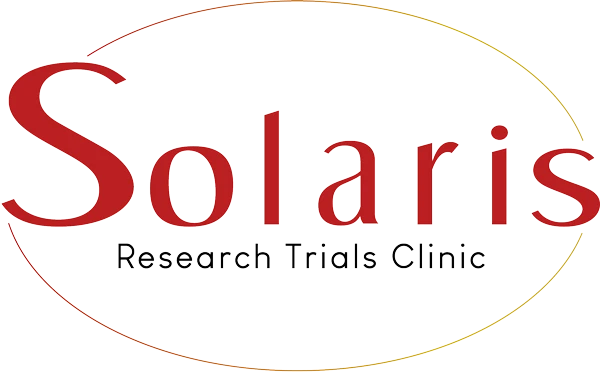
Since I started in digital pathology in 2011, I noticed that interoperability has been on the agenda. It has always been prioritized because it is a high need to advance health care. And yet, here we are: still on the agenda, still being prioritized. Are we making progress?
Today I would like to address interoperability in digital pathology.
About the needs of interoperability and to serve the people who we are supposed to serve, to truly bring precision medicine to the ones in need.
First, I address the definition of interoperability, then the needs and benefits of interoperability, and conclude with the progress and next steps for digital pathology.
According to The Office of the National Coordinator for Health Information Technology (ONC) interoperability is [1]:
“the ability of two or more systems to exchange health information and use the information once it is received.”
According to the Food and Drug Administration (FDA) medical device interoperability is [2]:
”the ability to safely, securely, and effectively exchange and use information among one or more devices, products, technologies, or systems. This exchanged information can be used in a variety of ways including display, store, interpret, analyze, and automatically act on or control another product.”
Back in 2020, related to the 21st Century Cures Act, a rule was implemented [3] and it is also clear that government has prioritized interoperability in healthcare, see for example the Medicare Promoting Interoperability Program[4].
To prioritize interoperability is regarded a necessity for several reasons, and I name a few:
- data protection
- authorized use
- cyber security
- reducing inefficiencies
- reducing costs.
The potential advantages are being recognized, to list a few:
- improvement in access to data
- improvement in patient outcomes
- streamlining of services
- reduction in missed diagnosis as well as mis diagnosis
- diversity of data to improve and accelerate innovation
- discovery of new drug targets.
Expressing the needs and advantages makes it clear to me why this is high on my agenda, it is black and white: Without interoperability, no progress.
In retrospect, yes, we have made progress in digital pathology. In Europe for example, digital pathology devices are placed on the market as individual devices and can interoperate in a system setting: scanners, viewers, display monitors and algorithms. While in US these medical devices are to be placed on the market as one medical device system. Nevertheless, the devices within the device system can be exchanged, under condition substantial equivalence is shown in the end-to-end system setting.
My personal aspiration is to move faster with the implementation of interoperability, without compromising security, integrity, safety, and performance. There are ways to do so, and one of the first steps is having an open environment, an open platform that does not need to be customized for each device and can exchange all kind of information using different inputs of data. To make this happen, we need our stakeholders to work as a collective and agree on usage of general data models.
It comes to finding common ground, to drive developing general principles and bring this to the community with acceptance by and approval of competent authorities. This is what I continue to work on, because this is the answer to make it happen that:
“we can use digital pathology to benefit all in health care, to bring precision medicine to the ones in need.”
Let us work on driving this and serving the people we are supposed to serve.
All Accessed Aug 6, 2023
1 – The Office of the National Coordinator for Health Information Technology – Interoperability Fact Sheet
2 – U.S. Food & Drug Administration – Medical Device Interoperability
3 – Federal Register 21st Century Cures Act: Interoperability, Information Blocking, and the ONC Health IT Certification Program
4 – Federal Register – Medicare and Medicaid Programs; Patient Protection and Affordable Care Act; Advancing Interoperability



